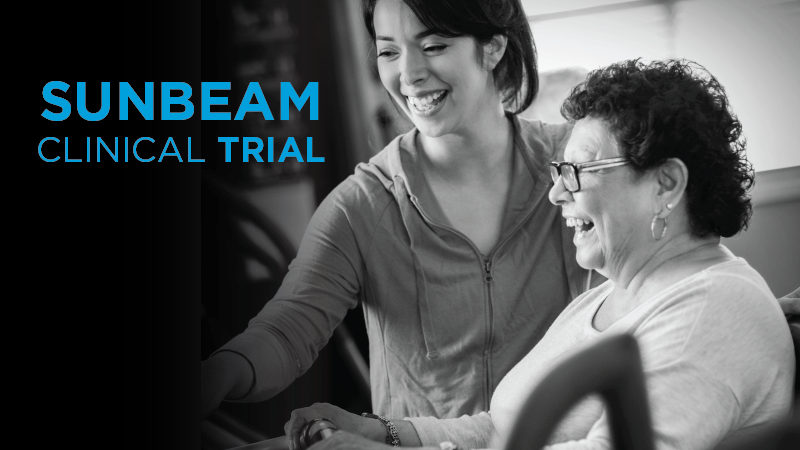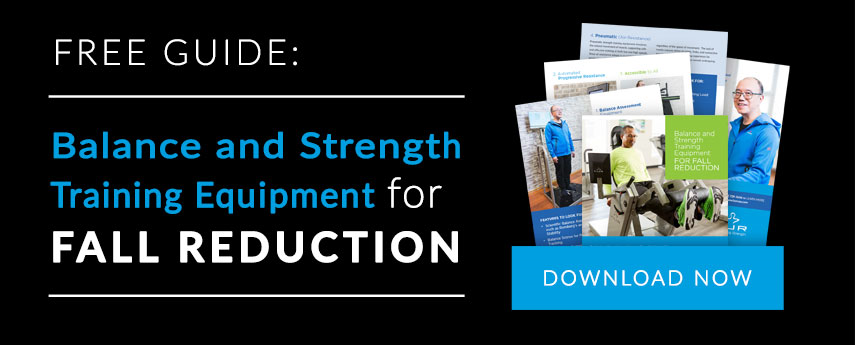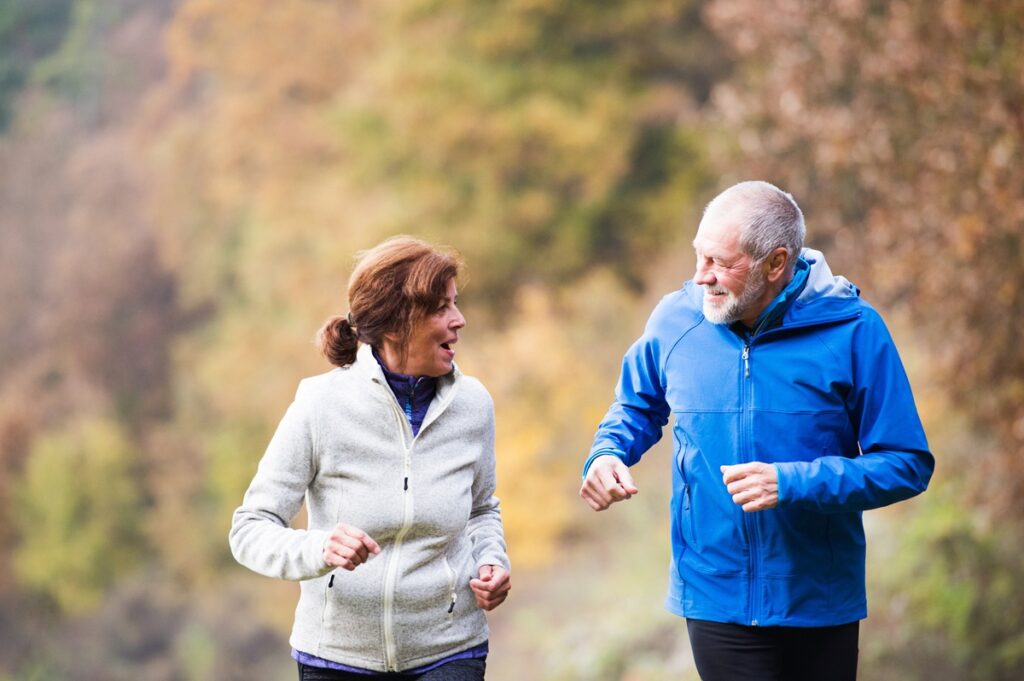A Cluster Randomized Trial of the Sunbeam Program
Over the past few decades, we’ve seen a steady increase in the number of older adults living in Independent Living and Assisted Care facilities. The reason for this increase is simple: the population of people over the age of 60 has significantly increased and will continue to do so. In fact, it is estimated that by the year 2030, 7 fall deaths will occur every hour if the fall rates continue to rise.
As our population ages, fall-related hospital admissions and costs of follow-up care are also on the rise. In fact, in 2015 falls cost the health care system more than $50 billion with Medicare and Medicaid shouldering 75% of these costs.
Falls are the leading cause of fatal injury among older adults. According to the CDC, one out of five falls causes a serious injury such as a broken bone or head injury. Over 800,000 patients a year are hospitalized because of a fall injury, most often because of a head injury or hip fracture.
These are statistics most of us are familiar with. After all, the fact that falls are a serious problem for seniors, their families, and communities, is hardly news.
We also know that falls are not purely random events.
They can, in fact, be predicted by assessing a number of risk factors, including:
- Poor nutrition
- A lack of muscle tone and strength
- Poor balance
- Living environment
- A decline in cognition
- Arrhythmia
- Foot pain or injury
- Medication
- Vision impairment
- Having had a fall in the past
For senior living communities, many options are available to address these risk factors and thereby decrease the number of falls throughout their population. One of the highest priorities is often to address problems that might be limiting a person’s mobility.
We know that older adults with mobility impairment have an increased risk of falls. We also know that improving the mobility of residents with moderate to severe mobility impairment may increase their level of independence and reduce their burden of care on staff. Sounds great, right?
Unfortunately, focusing on improved mobility without also building strength and balance might actually increase a person’s risk of falling.
For many people, increased mobility comes with confidence in their ability to engage in a wider variety of activities. But, without improved strength and balance to support those new activities, the person can inadvertently increase their risk of falling. Since a fall is almost certain to decrease mobility, a vicious cycle is born. One step forward and two steps back.
Fall Prevention Through Strength and Balance Training is Proven to Be Remarkably Effective
One of the most effective ways to combat a lack of muscle strength, balance, and limited mobility is through Progressive Resistance Training, or PRT. In clinical trial after trial, PRT has been proven to have a significantly positive effect on muscle strength. And muscle strength has a significant effect on fall prevention.
Components of an effective fall prevention exercise program:
- High-level balance work
- Strength Training
- Exercises can be individually upgraded – made progressively more challenging over time
- An initial conditioning phase is followed by an ongoing maintenance program
The Sunbeam Program (Strength and Balance Exercises in Aged Care), a fall prevention program using principles of Progressive Resistance Training, was recently tested for its effectiveness and the results are astounding.
The trial was designed to determine if combined high-level balance and moderate-intensity progressive resistance training is effective in reducing the rate of falls in residents of aged care facilities.
The study’s key research questions:
- Is a supervised progressive resistance training and balance group based exercise program more effective than usual care for prevention of falls among residents over a 12-month follow-up period?
- Does the program result in improvements to the secondary outcomes: quality of life, cognition, mobility, and confidence?
- Is the program cost effective?
221 participants were selected from 16 residential aged care facilities. Treatment was randomized, with 72 participants receiving progressive resistance and balance training (the exercise group) and 158 receiving usual care.
Twice a week for a total of 25 weeks, participants in the exercise group received 60 minutes of progressive resistance training on HUR Fitness Machines plus balance exercises. A 6-month maintenance program followed this initial intervention, with participants training twice a week for 30 minutes at a time.
Participants performed 2-3 sets of 10-15 reps on a circuit of 5 HUR machines:
- Adduction/ Abduction ST5520
- Leg Press Incline ST5545
- Dip/ Shrug STE3125
- Leg Extension/ Leg Curl STE5530
- Abdomen/ Back Extension STE5310
Exercises on each machine were individually progressed so that participants could complete 3 sets of 10 reps at moderate intensity each time they trained. The study’s balance training consisted of a combination of complex static and dynamic standing exercises that were progressed by decreasing the base of support. For example, participants began supporting themselves while training with two hands on the back of a chair. After several sessions, they progressed to supporting themselves with just one hand, then with none.
Key Finding: A 55% Reduction in Falls
For participants in the strength and balance training group, there was a 55% reduction in falls, greater than any previous intervention in a residential care setting.
The incidence ratio of falls per person per year for this group was 1.3 falls per year vs 2.9 falls per year for the usual care group. Participants in the usual care group were also found to be more likely to have multiple falls and falls resulting in injury, while participants in the exercise group were significantly less likely to become injured if they did fall and scored higher on the Short Physical Performance Battery (SPPB) than the usual care group at 12-months.
What’s more, participants in the exercise group averaged just 36 hours of training, even though 50 hours was the goal. So, even though participants trained 14 hours under the goal, they still achieved a 55% reduction rate.
Conclusion: Falls are Largely Preventable
If you are a professional working with older adults, HUR can add tremendous muscle to your fall prevention program, increasing the quality of life for residents and reducing the overall costs of care.
Along with a full suite of strength training machines specifically engineered for older adults of all ability levels, the HUR SmartBalance is technology-driven testing, training, and reporting system that makes it easier than ever for next-generation rehabilitation and senior living providers to respond to healthcare's increasingly results-driven demands. Find out more about HUR SmartBalance.






